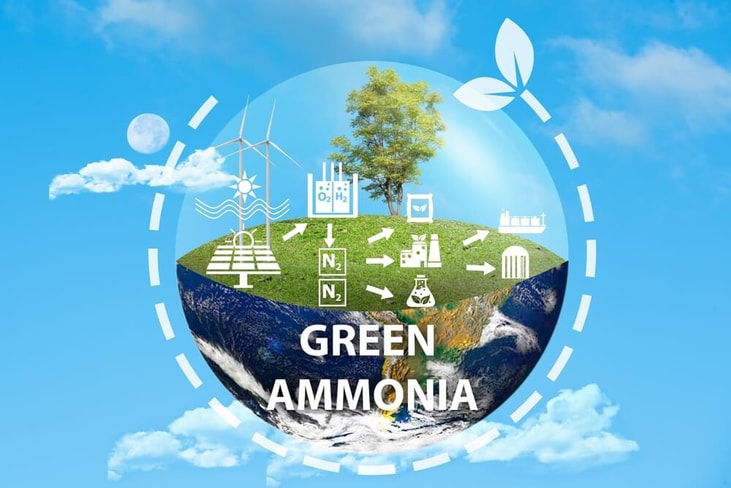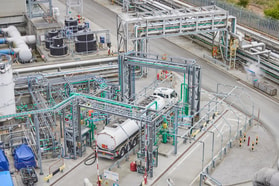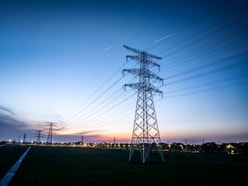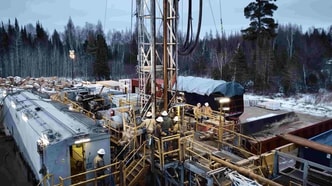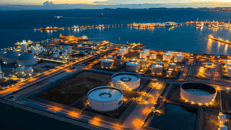Nitrogen fixation to make green ammonia ‘is top 10 emerging technology’
Nitrogen fixation, which describes producing ammonia sustainably, is now a $200bn market and one of the world’s top 10 emerging technologies, according to a new joint report from the World Economic Forum, Frontiers and Dubai Future Foundation.
Converting atmospheric nitrogen into ammonia at a scale of more than 150 million tonnes a year is need to produced fertilisers and support half of the world’s food production.
But the key challenge is breaking the extremely stable triple bond that holds together the two nitrogen atoms that make up atmospheric nitrogen (N2).
In the Haber-Bosch process, this step requires temperatures of 400°C to 500°C, pressures 130 to 150 times greater than that found in the Earth’s atmosphere, and hydrogen primarily sourced from natural gas in a CO2-generating reaction.
... to continue reading you must be subscribed

